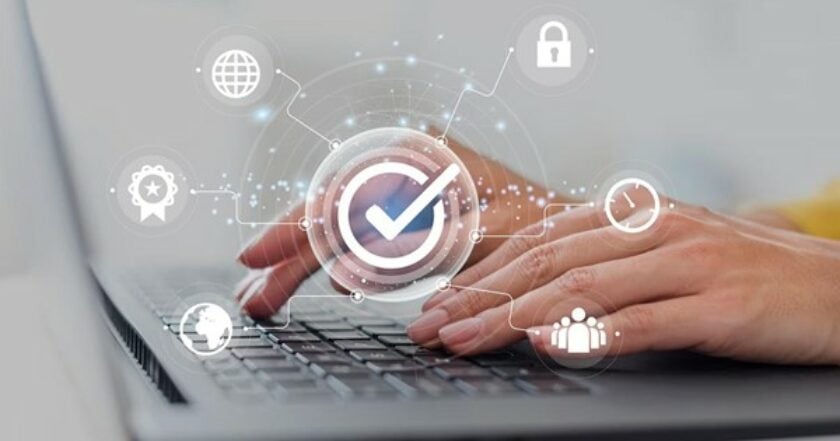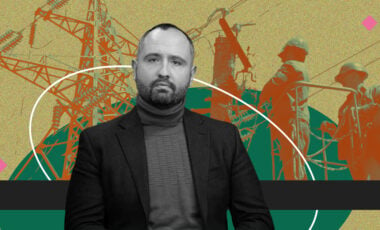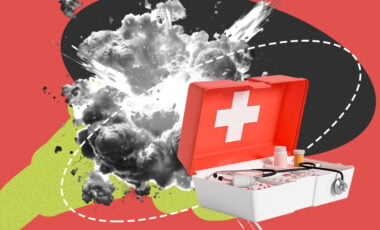Solutions from Ukraine: Ukraine fights against disinformation and promotes safe Internet through Digital Literacy Week

Photo: open sources
Ukraine kicked off Digital Literacy Week on November 18. This year focused on cyber hygiene, combatting disinformation, and safeguarding personal data.
The Ministry of Digital Transformation of Ukraine stated that on Telegram.
What is the problem?
Being digitally literate is crucial for safely and efficiently using modern technology. This is particularly important given the rise of cyber attacks and the dissemination of fake information.
What is the solution?
According to Deputy Prime Minister and Minister of Digital Transformation Mykhailo Fedorov, Ukraine has made significant progress in increasing the population's digital literacy over the past five years.
"Since the founding of the Ministry of Digital Transformation, we have set a goal to involve 6 million Ukrainians in digital skills development programs. We achieved it last year thanks to the "Diia.Education" platform, and now more than 60% of Ukrainians have basic and advanced digital skills," the head of the department emphasized.
How does it work?
The "Diia.Education" platform offers users interactive educational materials, including:
- guides on the safe use of online services;
- interactive tasks to assess the level of digital literacy;
- advice on the effective use of gadgets and the network.
The materials are designed for different age groups and are absolutely free.
More than 100 educational series are available today on the "Diia. Education" platform.
"Check your level of cyber hygiene and improve your skills during Digital Literacy Week. Activate your security in cyberspace," Fedorov urges.
For reference:
It should be noted that the Office of the Prosecutor General of Ukraine, together with the Ministry of Digital Transformation, continues to work on projects to raise awareness among citizens. They launched a new educational series called "Cyber Hygiene: How to Protect Yourself from Phishing." The series discusses cybersecurity and types of fraud on the Internet.






















































